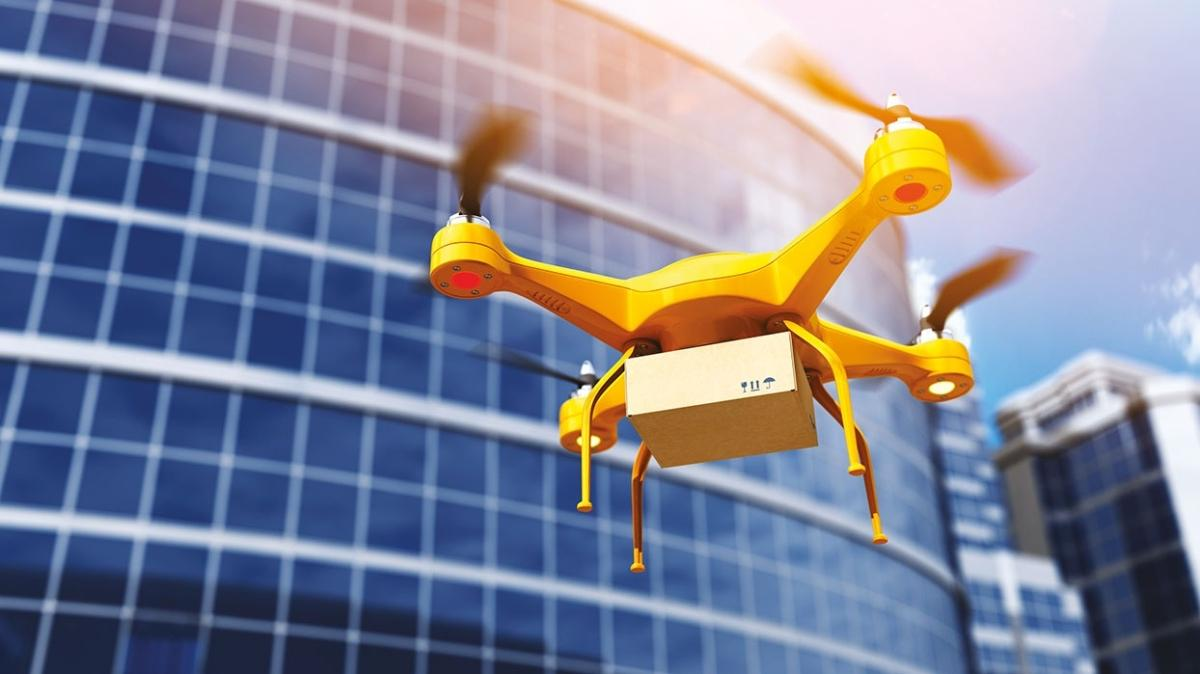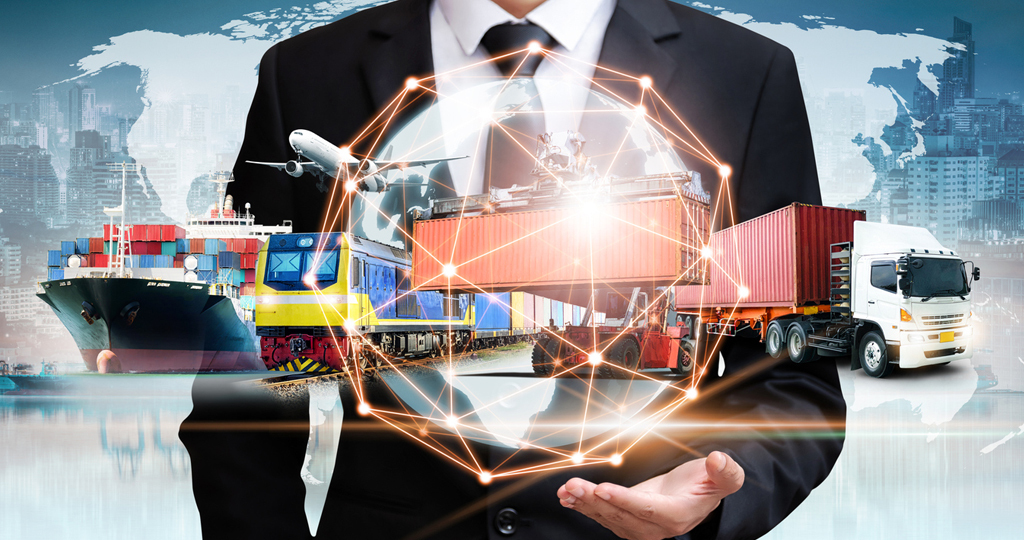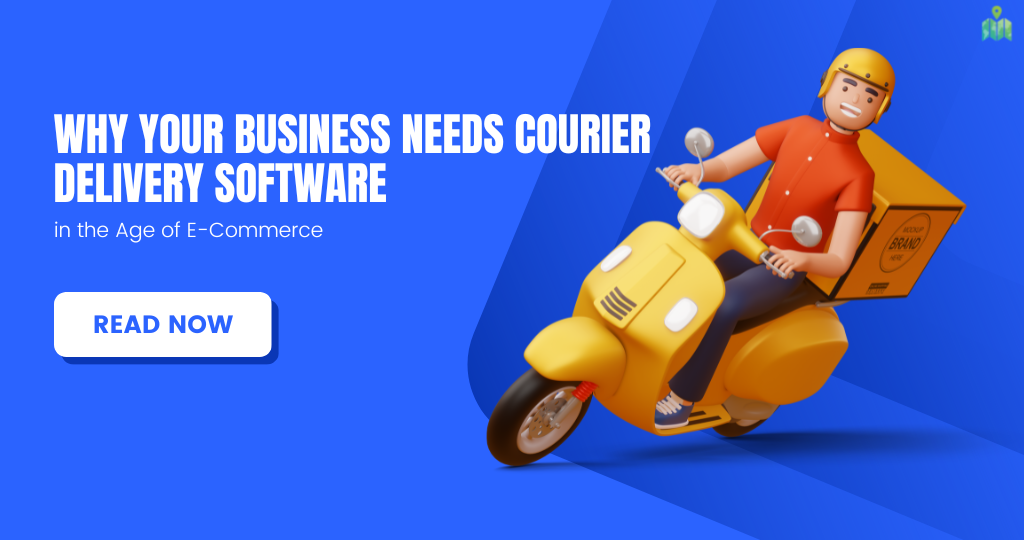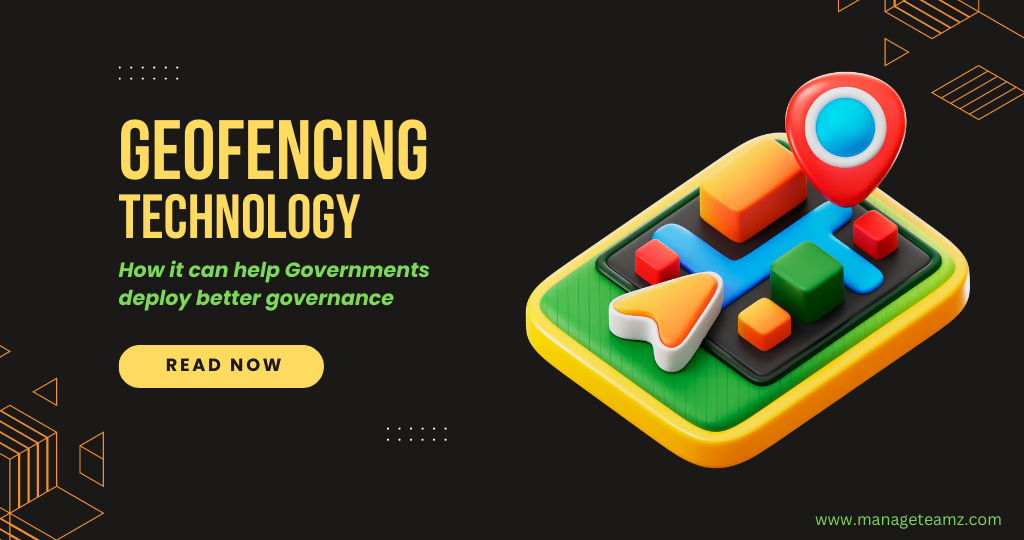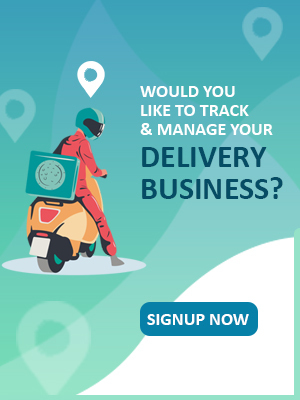What if your online orders were delivered to your doorstep by automated drones in the sky? Or how about a delivery drone robot flying around the rooftops of your area? You might find the idea of automated drone delivery strange. But what if your package arrives 30 minutes after placing the order? ManageTeamz’s highly customizable delivery management software solutions allow it to fit into multiple business models, including the UAV delivery drone model. While the software itself is fluid, the hype around the UAV drone delivery system allows us to understand its differences from traditional delivery systems.
UAV drones are becoming increasingly popular in current business operations. Medicines, gifts, groceries, food, and other things are delivered by delivery drones. According to the study, the drone market will grow at a CAGR of 13.8% from $22.5 billion in the year 2020 to more than $42.8 billion in the year 2025. In last-mile delivery, drone delivery operations are becoming increasingly popular. The traditional backbone of the logistics industry has been road transport. The retail and logistics sectors are beginning to use drone technology to provide more flexible and scalable delivery options.
What are UAV delivery drones?
Delivery drones are unmanned aerial vehicles (UAVs) that convey items from manufacturers to customers, and they can deliver anything from groceries to cutting-edge technology. These drones can be fully automated and fly without human intervention, or they can be operated remotely. Many defense forces have been using drones for several years, so they are not a new addition to the system. It is widely believed that numerous innovations would have been lost to our world and future generations if drones had not been invented. The primary goal for the development of delivery drones is to reduce the amount of time it takes for products to be delivered.
How do UAV delivery drones work?
Although it may sound futuristic, the basic notion of a UAV delivery drone is rather straightforward: it’s an autonomous craft that uses GPS to deliver a package to the destined place. There are two basic principles of development in the world of automated delivery:
Flying UAV Delivery Drones:
Flying rotary drones, often known as UAV delivery drones, are the same as the customer versions that have been increasingly popular over the years. Drones are battery-powered and have a number of little propellers that let them move up, down, forward, and backwards, as well as stop and change direction easily. Most delivery drones are designed to convey small products over short distances, either from a local distribution center or delivery truck. While some types are still operated by humans, many more are now completely automated, relying on GPS, satellites, and internal sensors to deliver products to particular locations while increasing safety.
Product Delivery Robots:
Robots that deliver products along pathways at a modest jog’s speed. These models usually weigh around 40 kg and have four or six little wheels to travel on. They use a combination of GPS, LiDAR (Light Detection and Ranging), and artificial intelligence to navigate to the delivery point, avoiding pedestrians, animals, and other obstacles along the way. Products are electronically locked inside and can only be opened by the recipient with the help of a smartphone app that also allows for delivery tracking.
What is UAV delivery drone software?
UAV delivery drone software enables drone operators to deploy and operate a fleet of drones in real time, gain flight control data and management from a remote location, as well as access and control them via cloud connectivity over 4G and 5G networks. The drone can automatically generate paths that are best for no-fly zones, heights, and obstacle detection. Marks placed at the desired location assist in the correct landing and delivery of the product.
What are the possible benefits of UAV delivery drone software?
Reduced Delivery Time:
UAV delivery drone allows products to be delivered without being delayed by traffic and on a predetermined, ideal route. Customers can expect their deliveries in less than 30 minutes.
Reduced Environmental Pollution:
UAV delivery drones are believed to be more convenient and efficient than truck delivery. Drones will reduce carbon emissions significantly, helping the ecological environment.
Reduced Road Congestion:
UAV drone technology is being explored by businesses for delivery purposes. Reducing the number of delivery cars or vans on the road will greatly reduce the traffic.
Reduced Transportation Cost:
For both businesses and customers, UAV delivery drones offer a variety of advantages. Due to the smoothness of drone flight, delivery times are cut in half, from two to three days to just a few hours. During transit and management, there is also a lower risk of shipments.
How are UAV delivery drones better for the environment?
Despite advances in fuel efficiency and the rise of electric vehicles, the commercial transportation sector remains one of the world’s top emitters of greenhouse gasses. Most global eCommerce and parcel delivery companies have declared aggressive ambitions to decarbonize their supply chains and delivery networks in response to shifting customer attitudes and governments imposing rigorous environmental standards. While automated drones and robots have received a lot of attention, it is the major strategy behind carbon-reduction plans. In almost every situation, flying UAV delivery drones is more environmentally safe than driving petrol or diesel trucks, regardless of the factors.
The environmental benefits of flying delivery drones decrease as their size increases, as each distance requires more batteries and energy to travel. Delivery robots have similar environmental benefits, as they run on electricity instead of gasoline or diesel, lowering the number of vehicles on the road. Of course, the ideal case would be for all electric drones and robots to be recharged using on-site renewable energy sources such as rooftop solar panels, which would make every delivery fully emission-free while cutting operational costs significantly. With the increasing use of solar and wind energy around the world, it appears that all forms of electric parcel delivery, such as flying UAV delivery drones and delivery robots, will only get greener over time.
Which sectors are being influenced by UAV delivery drones?
1.Agriculture:
In the agriculture sector, UAV delivery drones have a lot to offer, such as automation duties like fertilizing field crops, monitoring traffic difficulties, and tracking difficult-to-reach regions. They can also help farmers measure the height of their crops. They use Lidar, a remote sensing system that uses a laser to illuminate the crop and measures the reflected light to measure distance. During wildfires, drones can inspect the magnitude of affected regions and detect how quickly the fires are spreading. Images can be used to show the extent of the devastation in certain places.
2.Disaster Management:
In the case of a natural disaster, such as an earthquake or flood, authorities can use drones to monitor the affected areas. UAV drones have the potential to be used as a social rescue technique, locating and directing trapped individuals to safe regions.
3.E-commerce:
E-commerce businesses are in high demand as a result of the COVID-19 outbreak. The management of the warehouse and inventory is essential. It takes a lot of time to manually identify and track all of these orders. As a result, warehouses are using UAV delivery drones to scan inventories. These sensors-equipped gadgets can monitor and transmit data to organizations in real time, allowing them to manage warehouses more efficiently.
4.Healthcare:
In addition to traditional techniques, the population living in rural areas requires a new, effective means of providing medicine to solve logistical challenges. In this case, a drone-based delivery system could be useful. UAV delivery drones have the potential to make medicine distribution more accessible and efficient, particularly in distant locations. Medical products and time-sensitive transplant organs will be delivered by UAV delivery drones, allowing for better resource management of limited supplies and just-in-time delivery to the current supply network.
5.Security and Surveillance:
These flying devices can act as pilotless air protectors by providing eyes that can reach and hover above certain places and areas. UAV drones can also be used for crucial surveillance and intelligence gathering due to their remote monitoring capabilities. They can also be used to inspect and offer real-time footage of construction projects.
What are the exquisite features present in UAV delivery drones?
Security
- Alerts: A variety of alerts assist the pilot by informing him of critical information such as altitude limitations and battery status.
- Carefree: Carefree features can be turned on if required. It causes the system to fly in Pilot Point of View, which means it follows the pilot’s location while flying.
- Dual Command: The UAVs may be operated in double command for instructional purposes, allowing a trainee and an instructor to operate safely.
Emergency Landing Spots: If an emergency landing is required because the UAV is too far away, it lands at a known and safe place that was defined prior to arrival. - Encryption: Control and data security are required. Encrypted data, such as the video link, may be advantageous in this situation.
- Forbidden Flight Zone: The airspace is closely regulated. This is why it’s crucial to know forbidden flight zones.
Geofencing: The airspace is divided and shared in two ways. Geofencing does this by surrounding the system in a virtual cage that allows it to fly safely. It stops the device from flying outside of its operational area. - Live Telemetry: Comprehensive and real-time data sets are offered for rapid monitoring. It can be tracked using a tablet or computer.
- Mechanical Redundancy: Single failures are handled in the manner in which our systems are designed to handle them.
Simplification
- Autotrigger: In the majority of cases, the algorithms are set up to automatically trigger images. This makes mapping missions a whole lot easier.
- Camera Control: Depending on the camera model integrated, users can additionally control the zoom and switch for video recording in addition to camera trigger.
- Camera Stabilization: The cameras and sensors in the systems can benefit from the number of axis camera stabilization and control, depending on the needs.
- Easy Mapping: Using the user-friendly flight planning software, mapping missions may be built quickly and automatically. It is based on a number of factors, including elevation, coverage, and the amount of ground sample distance (GSD) required.
- Geotagging: Geotagging of photographs based on missions produced using automatic triggers is available to make post-processing in photogrammetry software faster.
- Live Video Link: An HD live video stream is available during the flight to monitor the mission and the UAV environment.
- Sensor Trigger: The accessible PWM outputs can be used to trigger a wide range of sensors in addition to the camera.
Automating
- Autogrid: Two options for automated flights that can be prepared are autogrid and circles.
- Auto take-off & landing: Fully autonomous flights, including takeoff and landing, are possible with these systems.
- POI Navigation: For missions requiring the use of a sensor to point at targets, the mission planning system allows this requirement to be met automatically.
- Terrain Following: The devices can be configured with a precision laser altimeter for applications that require following the ground level.
- Waypoint Flying: The most typical activity carried out by UAVs is based on three-dimensional coordinates (longitude, latitude and altitude).
Wrapping Up:
There is no doubt that UAV delivery drones have the potential to have a far-reaching positive impact on society. UAV https://aitoolshaus.com/ delivery drones are expected to find their way into a variety of businesses in the future, resulting in increased job possibilities for skilled workers and a substantial contribution to the global economy. With lower costs, greater convenience, and delivery times of less than 30 minutes, UAV drones are destined to become the future of logistics. Enterprises can get in touch with the world’s leading ManageTeamz to witness the madness of UAV delivery drone solutions with the latest features that can bring more success to your business in a competitive world.
Like what you’re reading?
Get on a free consultative call with our team of industry experts to explore the possibilities on the subject.
